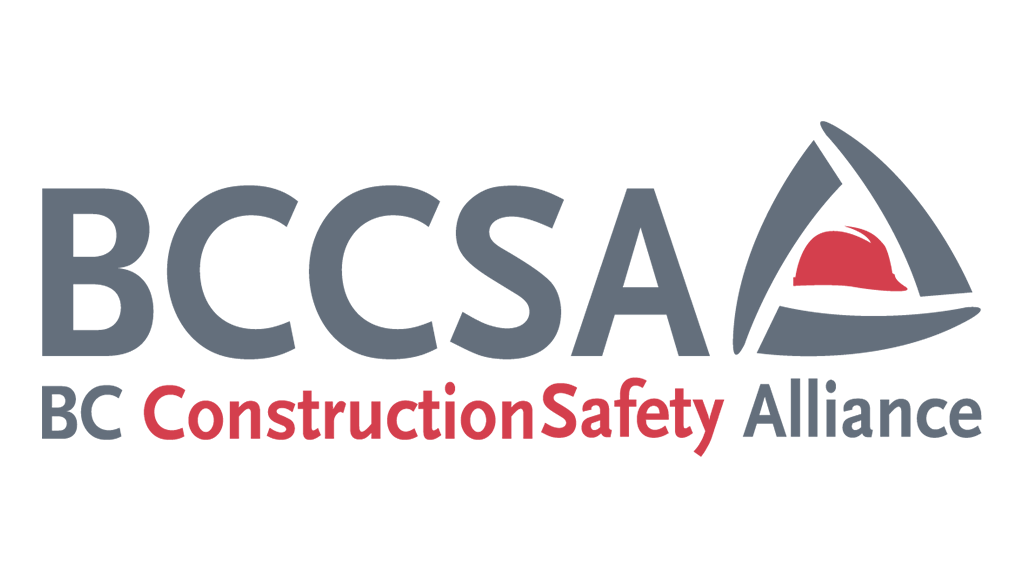Provincial regulations codify rights and responsibilities of workers, employers when a worker is injured.
On Jan. 1, the Duty to co-operate and duty to maintain employment, when a worker is injured came into force under the BC Workers Compensation Act. While the legislation won’t significantly change the relationship between workers and employers, it codifies that relationship for the first time.
According to WorkSafeBC, the duty to co-operate, “creates obligations for workers and employers to co-operate with each other, and with WorkSafeBC, to identify and make suitable work available to workers in a timely and safe manner following an injury.”
In addition, “if an employer regularly employs 20 or more workers and has employed the injured worker for at least one year before their injury, the employer has an obligation to maintain that worker’s employment.”
Mike McKenna, executive director of the BC Construction Safety Alliance (BCCSA), notes the duty to accommodate has been long established.
“It’s the duty to co-operate that’s new,” he says. “In the majority of cases, we see injured workers wanting to return to work and to take on some sort of modified duty — and construction employers are committed to providing that work. This regulation gives WorkSafeBC an additional tool to oversee that relationship in the minority of cases where workers and employers may not be on the same page.”
McKenna notes although the BCCSA focuses primarily on injury prevention, the amendments to the act are relevant to its members, because the organization’s mandate extends to assisting employers in ensuring that workers return safely to work without re-injuring themselves.
Under the new legislation, injured workers must:
- Stay in touch with their employer and WorkSafeBC.
- Work with the employer to find suitable tasks if they can’t do their previous work due to an injury but are able to work in another role.
- Accept suitable job offers made by an employer and should not unreasonably refuse.
An employer is required to:
- Offer a worker either pre-injury work or a comparable alternative if a worker is fit to return to pre-injury work.
- Offer the first suitable work If the worker cannot perform their pre-injury job but is otherwise fit to work in another capacity.
- Make any changes necessary to the work or workplace to accommodate an injured worker, unless those changes create an undue hardship for the employer.
Dave Earle, managing director (ex-officio) of the BC Employers’ Forum, notes the new legislation shouldn’t create major changes for employers.
“If I’m a big, sophisticated employer, I already have return-to-work systems in place, and modified work ready to go,” he says. “Frankly, any employer who isn’t doing this should have been doing it anyway. What it does is provides a new tool for employers to ensure that a small number of workers reluctant to accept suitable or modified work following an injury co-operate with employers.”
However, he notes the return-to-work process is time sensitive and employers are not yet clear what timely support will look like in cases of disagreement between employers and workers.
What should affected construction employers be doing differently in light of the new rules?
“I see this as an opportunity for employers who are trying to do the right thing to do so even more aggressively,” he says. “Work with your staff to help them understand the disability management side of things. It’s also a really good time to go out to your workforce to say you’ve always had this return-to-work plan in place, but there’s a legislative requirement now for workers to co-operate — here’s what that looks like and here are your responsibilities.”
McKenna notes construction employers should also ensure their return-to-work plans are always executed in a timely fashion.
“Talk with your workers as soon as possible following an injury and ask them what duties they feel they can take on,” he says. “Then sincerely maintain an open line of communication and collaborate with the injured worker to develop and document a return-to-work plan.”
This content is an Industry Special by BCCSA in collaboration with ConstructConnect™ Media. To learn more about BCCSA, visit www.bccsa.ca.











Recent Comments